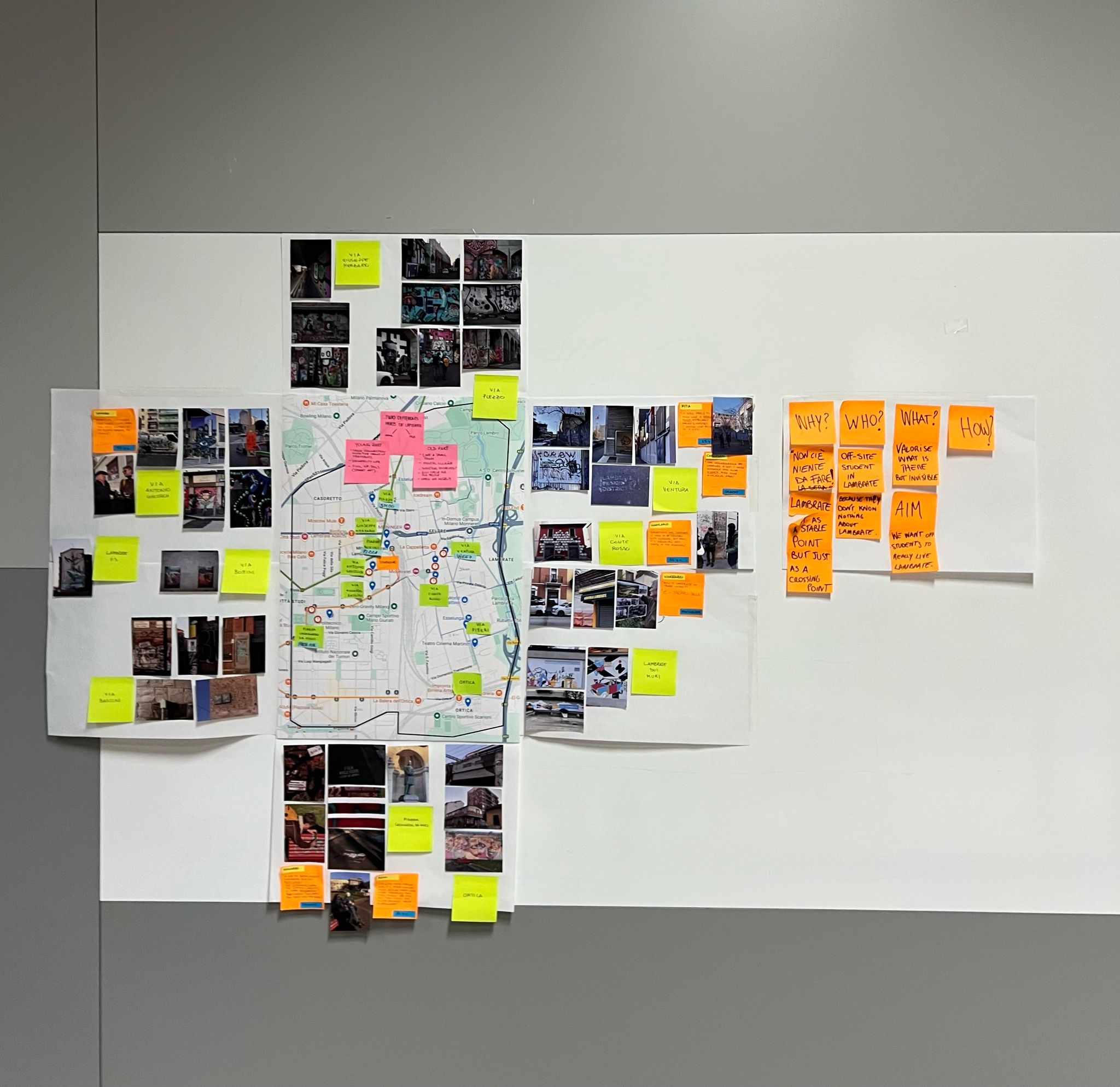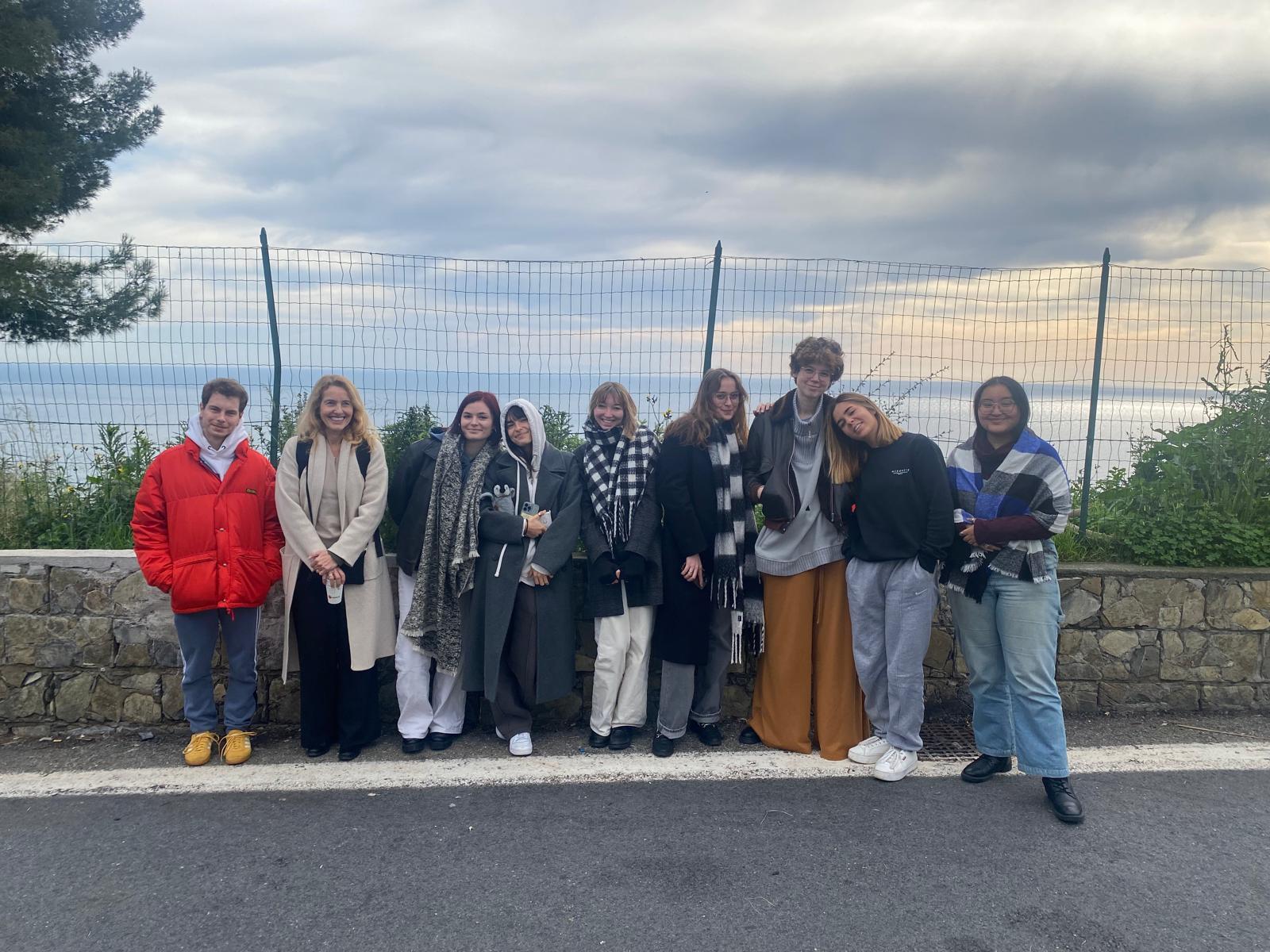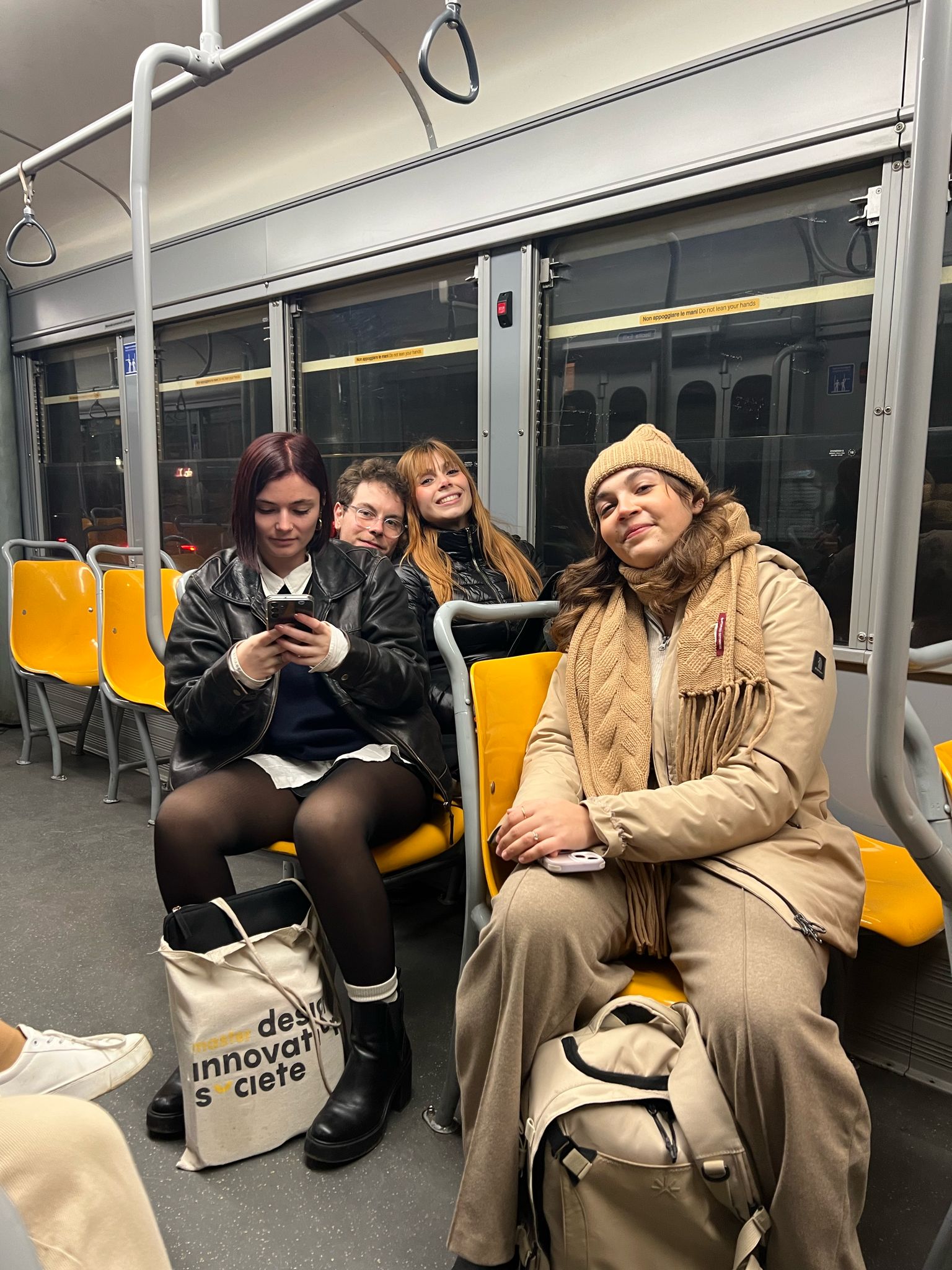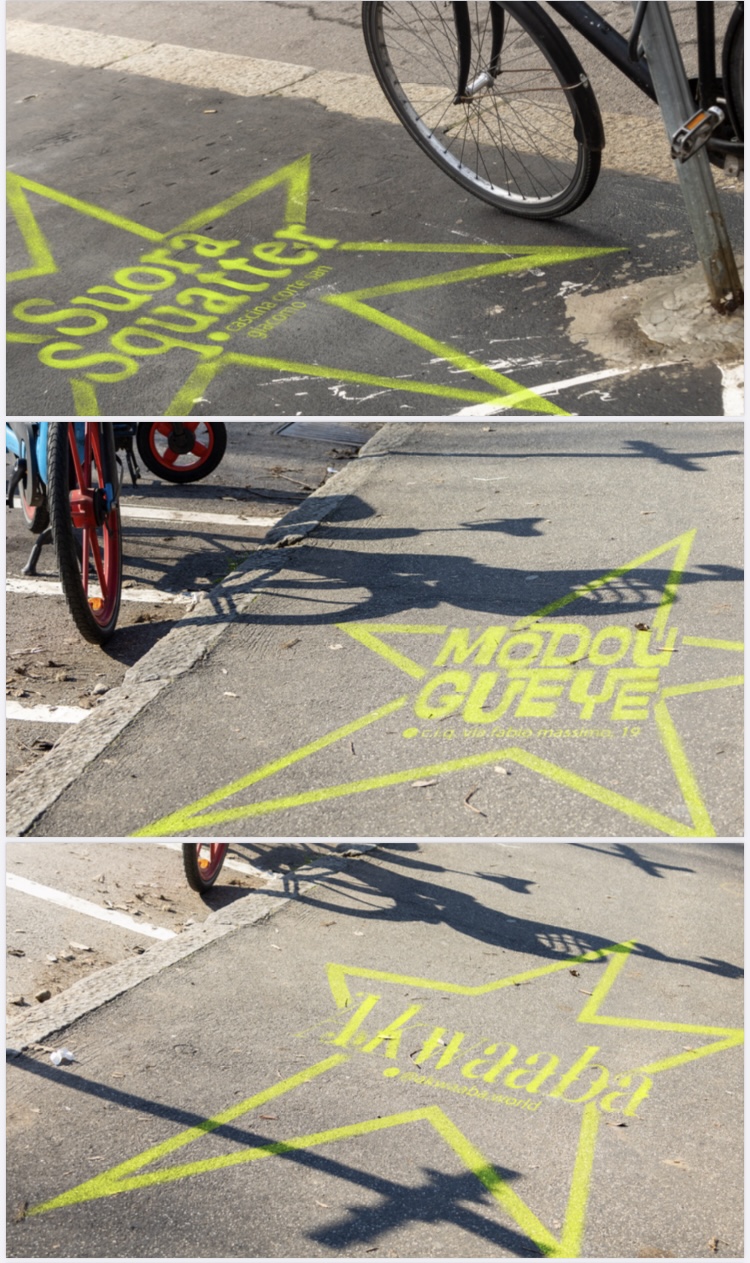Revealing the invisible: Milan’s way of life
A project between the students of the University of Nîmes (in social design) and Polimi.
Considérant Milan comme une ville où plusieurs couches de citoyens/usagers/habitants se superposent (tourisme, luxe et design, vie administrative et économique, vie étudiante, vie alternative et musicale, etc.), le travail de la semaine consistera à définir ce qui doit être rendu visible ou gardé invisible pour les nouveaux arrivants dans la ville (touristes et nouveaux habitants ou étudiants). Après avoir exploré les différentes identités de Milan, en tenant compte des couches sociales et anthropologiques, nous identifierons les dynamiques en action entre ce qui est visible et invisible dans le contexte urbain, en considérant les perceptions et les expériences des différents utilisateurs. Nous explorerons ensuite les modes de communication de Milan avec ses citoyens et ses touristes, en soulignant les besoins de communication des différents groupes d’utilisateurs de la ville : touristes, étudiants, résidents, etc. Nous procéderons à la formulation d’un projet qui prend en compte l’hétérogénéité du public cible, en utilisant donc différents langages (visuels et textuels), afin de les rendre accessibles en minimisant les barrières culturelles, linguistiques, physiques, etc. Les projets peuvent porter sur la signalétique, l’information du public ou la sensibilisation, les étudiants doivent être conscients de leur impact socioculturel. En outre, cela conduira à la représentation des différentes identités qui racontent Milan et reflètent son histoire.
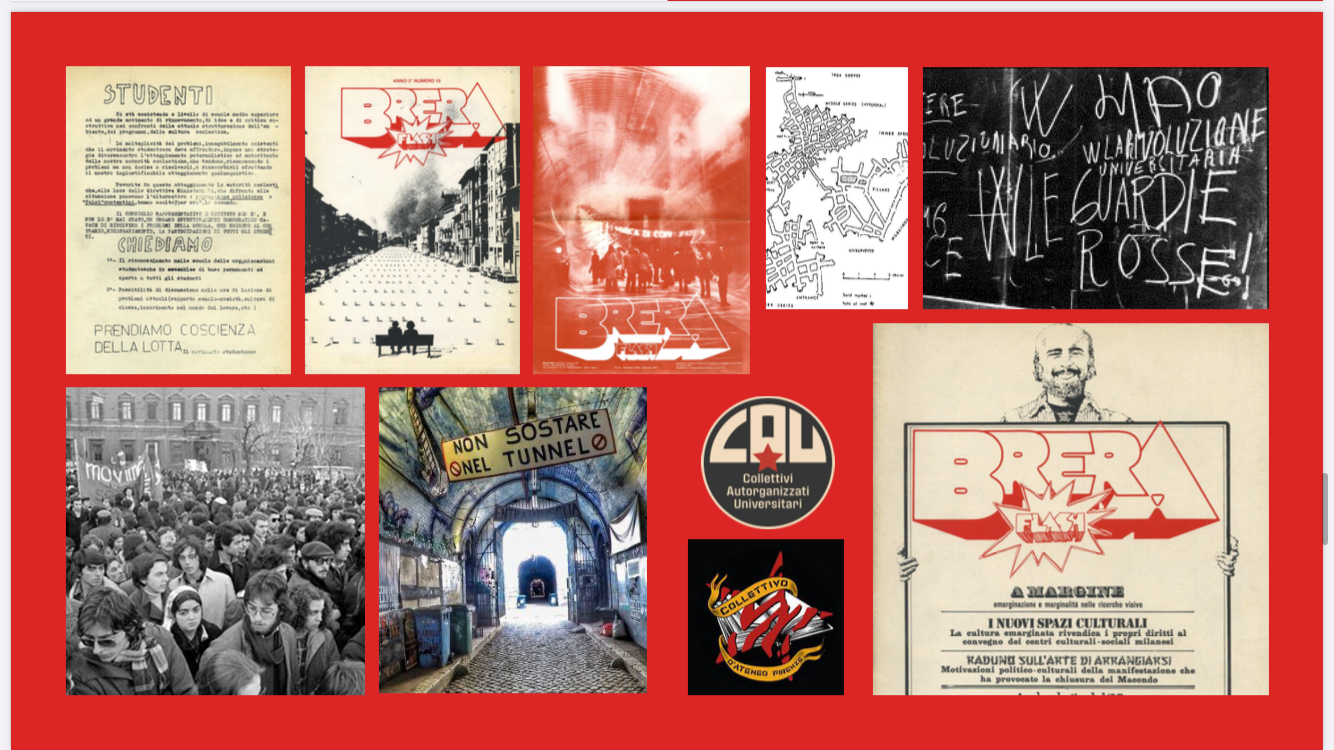
Revealing the invisible: Milan’s way of life
A project between the students of the University of Nîmes (in social design) and Polimi.
Considering Milan as a city where several layers of citizens/users/inhabitants overlaps (tourism, luxury goods and design, administrative and economic life, student life, alternative and musical life, etc.), the week’s work will be to define what should be made visible or kept invisible for new persons in town (tourists and new inhabitants or students)? After exploring the different ‘identities’ of Milan, taking into consideration social and anthropological layers, we will identify the dynamics in action between what is visible and invisible in the urban context, considering the perceptions and experiences of different users. We will then explore the ways in which Milan communicates with its citizens and tourists, highlighting the communication needs of the city’s different user groups: tourists, students, residents, etc. We will proceed with a project concept formulation that takes into account the heterogeneity of the target audience, thus using different languages (visual and textual), so as to make them accessible by minimising cultural, linguistic, physical barriers, etc. Projects could focus on signage, public information or awareness-raising, and students must be aware of their socio-cultural impact. Furthermore, this will lead to the representation of the different identities that tell Milan and reflect its history.
